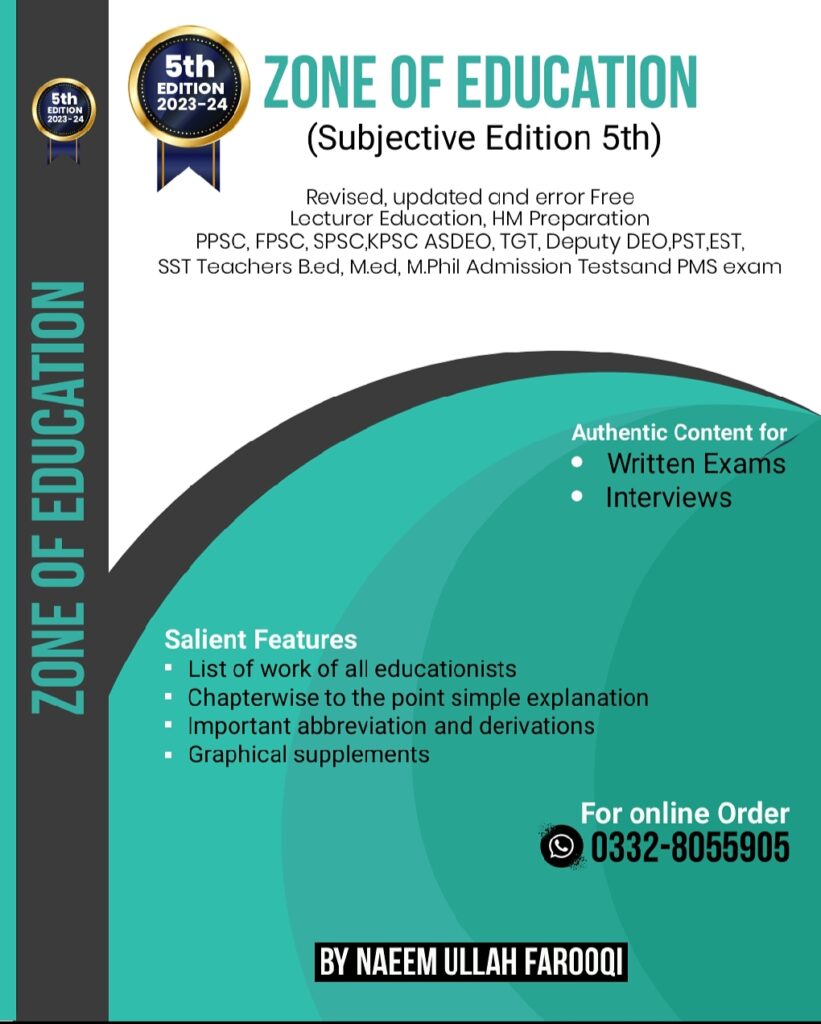Educational Research
. __ scales indicate relative standing among individuals:
· A. Nominal
· B. Ordinal
· C. Interval
· D. Ratio
92. Time on task, income, height, and age are examples of:
· A. Nominal
· B. Ordinal
· C. Interval
· D. Ratio
93. Once data is collected or scored it must be:
· A. Coded
· B. Tabulated
· C. Coded and tabulated
· D. Analyzed
94. Researchers use a number of procedures to ensure that the inferences they draw based on the data they collect are:
· A. Reliable
· B. Real and generalized
· C. Reliable and valid
· D. None
95. In recent years, __ has been defined as referring to the appropriateness, correctness, and meaningfulness of the specific inferences researchers make based on the data they collect.
· A. Validity
· B. Reliability
· C. Generalizability
· D. Both A and B
96. A meaningful inference is one that says something about the __ of the information:
· A. Nature
· B. Importance
· C. Meaning
· D. Objectivity
97. How adequately does the sample of items or questions represent the content to be assessed? Is the format appropriate? These questions are related to:
· A. Construct-related evidence of validity
· B. Criterion-related evidence of validity
· C. Content-related evidence of validity
· D. Reliability
98. One key element in content-related validity is concerned with the __ of the sampling:
· A. Evidence
· B. Adequacy
· C. Large number
· D. None
99. If a researcher administers a self-esteem inventory to a group of 8th graders and compares their scores on it with their teacher’s rating of student self-esteem obtained at about the same time, this is an attempt by the researcher to obtain:
· A. Construct-related evidence of validity
· B. Criterion-related evidence of validity
· C. Content-related evidence of validity
· D. Concurrent validity
100. All correlation coefficients fall somewhere between:
· A. +1.00 to -1.00
· B. +5.00 to -5.00
· C. +1.00 to 2.00
· D. +1.00 to .00
101. A __ relationship is indicated when a high score on one instrument is accompanied by a low score on the other and vice versa:
· A. Positive
· B. Negative
· C. Neutral
· D. None
102. What relationship exists when the degree of correlation coefficient is 00:
· A. Positive
· B. Negative
· C. Neutral
· D. No relationship
103. When a correlation coefficient is used to describe the relationship between a set of scores obtained by the same group of individuals on a particular instrument and their scores on some criterion measure, it is called a:
· A. Predictive validity
· B. Reliability
· C. Criterion validity
· D. Validity coefficient
104. Reliability and validity always depend on the __ in which an instrument is used:
· A. Content
· B. Context
· C. Nature
· D. None
105. Which method assesses the reliability by determining how well items on a test measure the same construct?
· A. Internal consistency method
· B. External consistency method
· C. Concurrent method
· D. Reliability coefficient
106. The most frequently employed method for determining the internal consistency is:
· A. Split-half method
· B. Equivalent half method
· C. Kuder-Richardson method
· D. Alpha coefficient
107. The reliability coefficient is best calculated using:
· A. Spearman-Brown prophecy formula
· B. Equivalent half method
· C. Kuder-Richardson method
· D. Alpha coefficient
108. For research purposes, a useful rule of thumb is that reliability should be at least:
· A. 70 and preferably higher
· B. 70 and preferably lower
· C. 60 and preferably higher
· D. 50 and preferably lower
109. For calculating the reliability of items that are not scored right vs wrong, as in some essay tests where more than one answer is possible, researchers should use:
· A. Cronbach Alpha
· B. KR20
· C. KR21
· D. Spearman Brown
110. An index that shows the extent to which a measurement would vary under changed circumstances is:
· A. Kuder-Richardson method
· B. Alpha coefficient
· C. Spearman-Brown prophecy formula
· D. Standard Error of Measurement (SEMeas)
111. For many IQ tests, the standard error of measurement over a one-year period and with different specific content is about:
· A. 5 points
· B. 8 points
· C. 10 points
· D. 2 points
112. No matter how carefully the subjects of the study are selected, it is common to lose some of them as the study progresses. This is known as:
· A. Mortality
· B. Regression
· C. Maturation
· D. None
113. On occasions, one or more unanticipated and unplanned events may occur during the course of a study that can affect the responses of a subject. This is known as:
· A. History threat
· B. Maturation threat
· C. Regression
· D. Hawthorne effect
114. Sometimes researchers give increased attention and recognition to subjects because they are participating in the study, affecting their responses. This effect is called:
· A. Mortality
· B. Maturation
· C. Hawthorne effect
· D. Regression
115. Whenever a group is selected because of unusually high or low performance on a pre-test, it will, on average, score closer to the mean of subsequent testing. This is called:
· A. History threat
· B. Maturation threat
· C. Regression threat
· D. Hawthorne effect
116. Whenever an experiment group is treated in ways that are unintended and not a necessary part of the method being studied, an implementation threat can occur.
· A. Mortality
· B. History
· C. Regression
· D. Implementation
117. Researchers should use a number of techniques or procedures to control or minimize threats to internal validity except:
· A. Standardizing the conditions
· B. Obtaining and using more information on subjects of the study
· C. Neglecting the implementation threat
· D. Choosing an appropriate design
118. “The amount of money spent on sports equipment by various schools in a particular district in a semester” is an example of:
· A. Quantitative data
· B. Categorical data
· C. Both a and b
· D. None
119. The number of male and female students in a chemistry class shows:
· A. Quantitative data
· B. Categorical data
· C. Qualitative data
· D. None
120. The number of each kind of merchandise found in a large department store indicates:
· A. Quantitative data
· B. Categorical data
· C. Qualitative data
· D. None
JOIN ZONE OF EDUCATIONPK!
Discover the most comprehensive and reliable pedagogy resources in Pakistan, curated for competitive exam success. Our content covers all competitive exam MCQs, including PPSC, FPSC, AJKPSC, SPSC, and more. Designed to empower learners with top-notch material and insights, trust us for your preparation journey!


